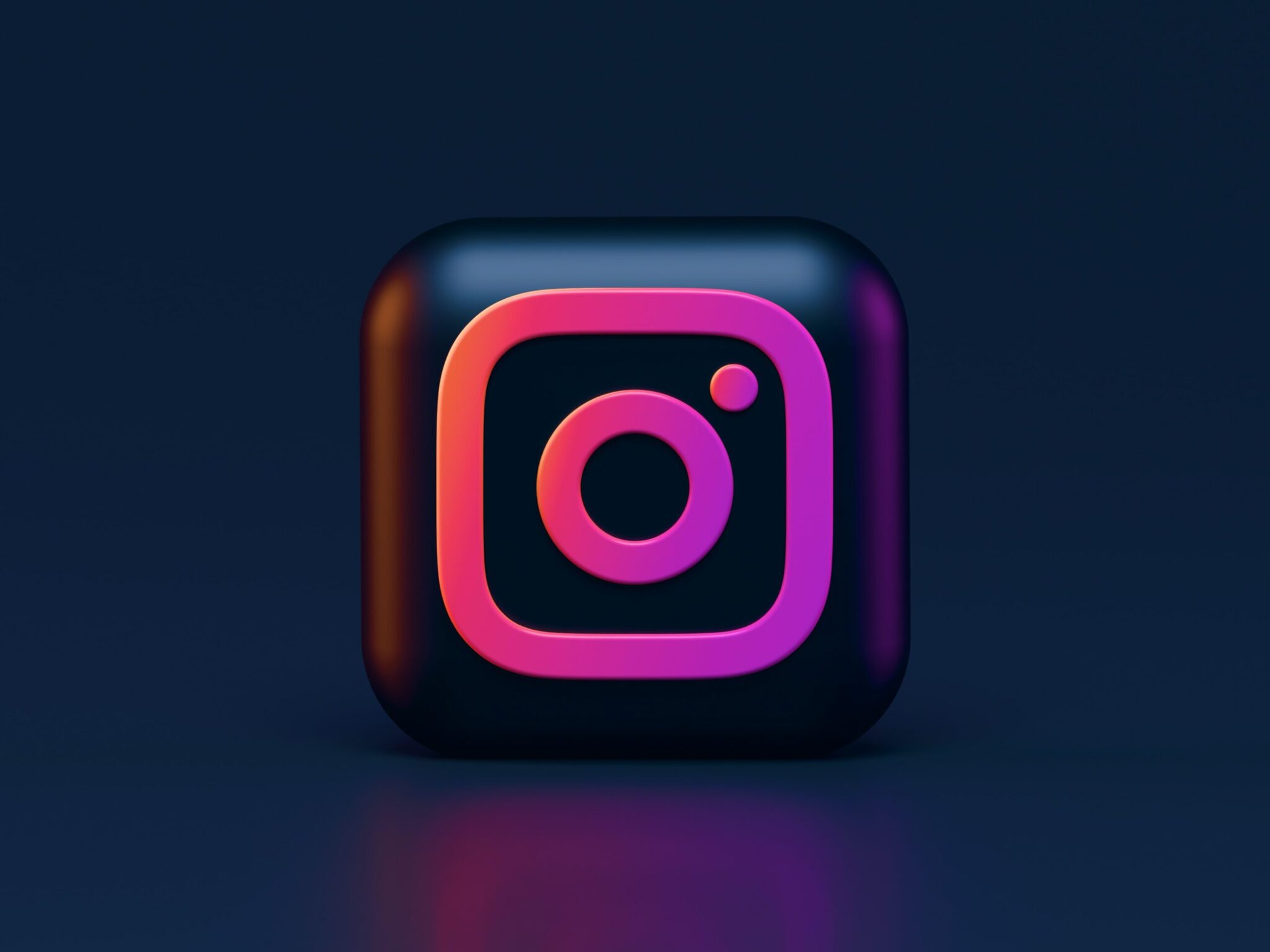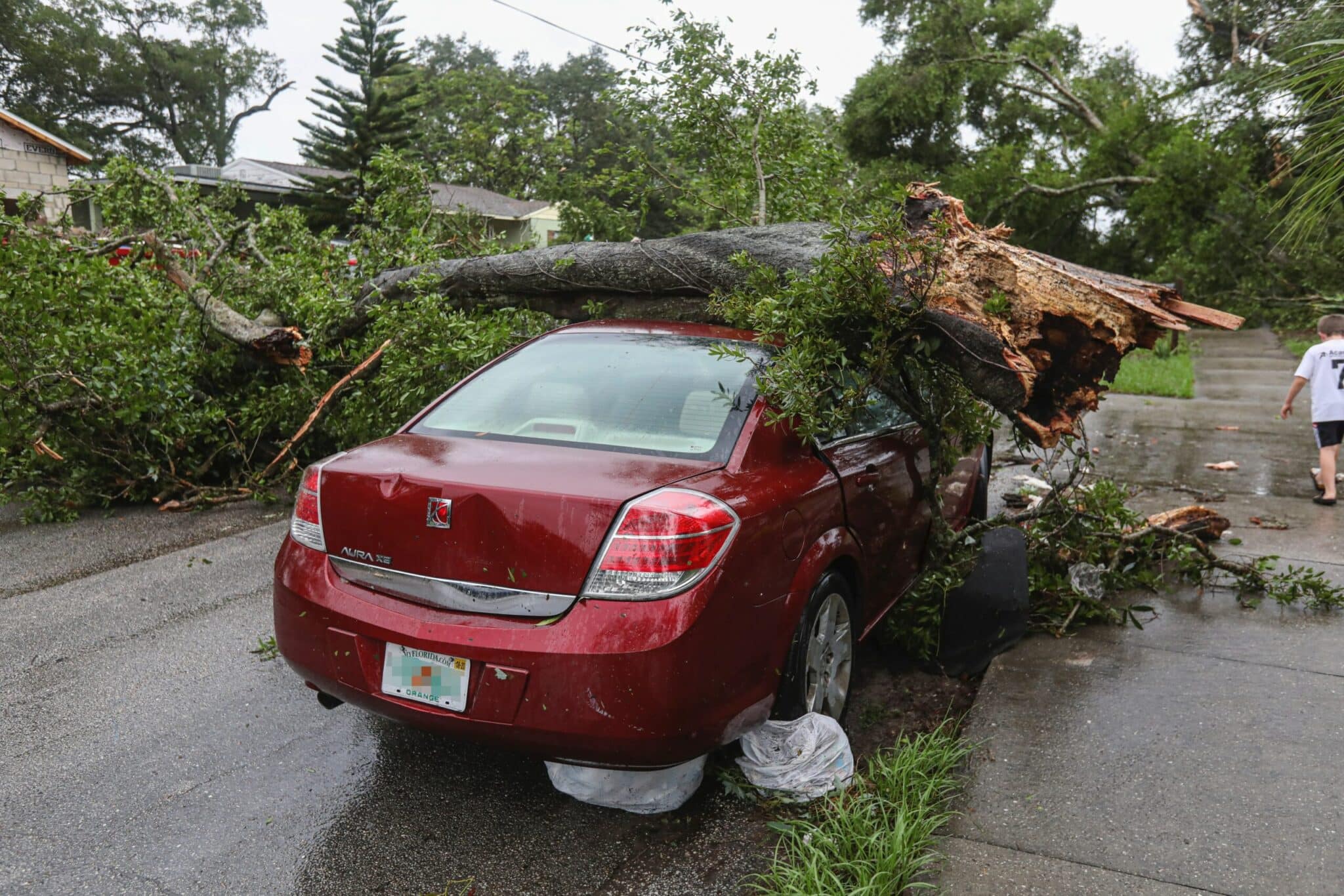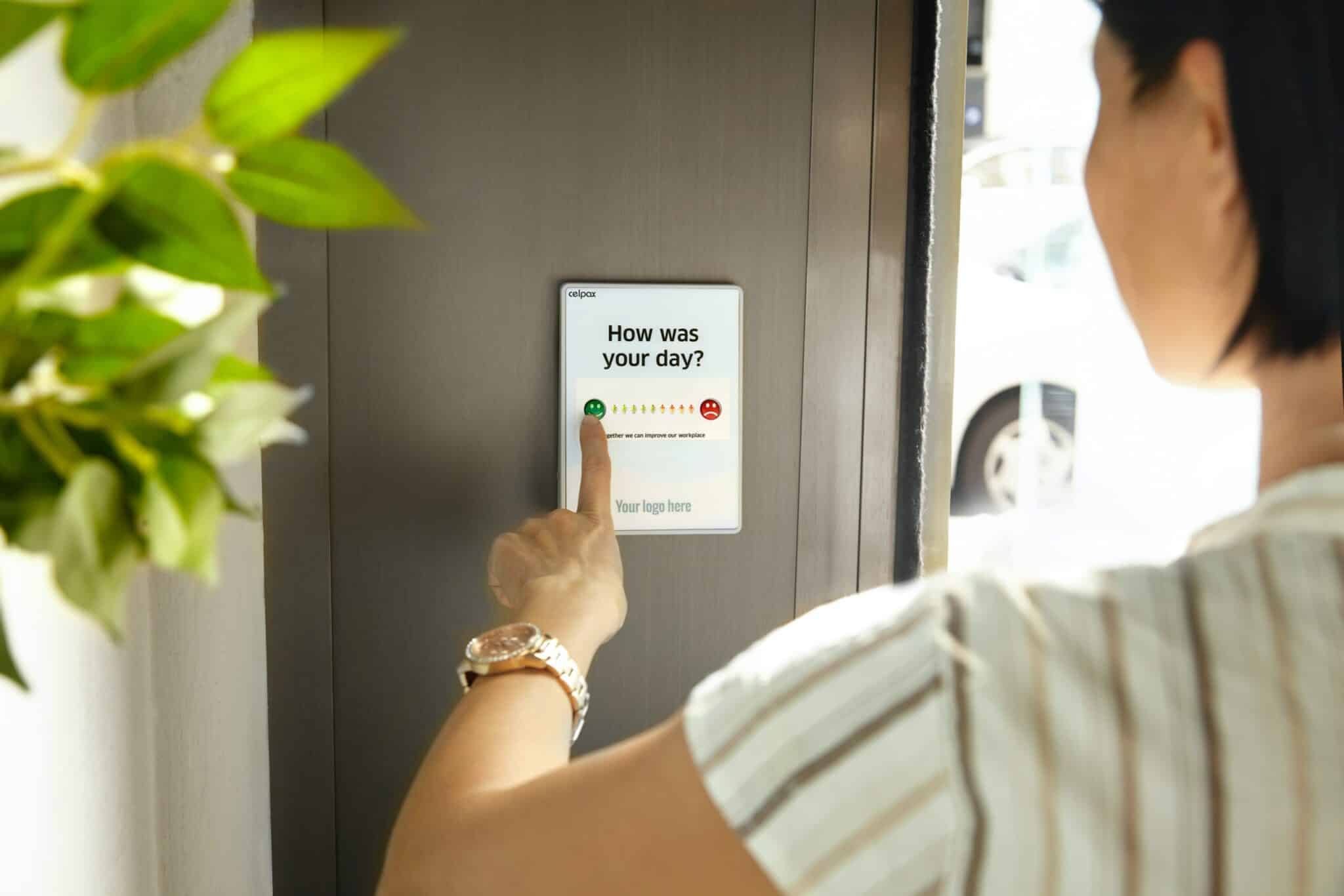Instagram has around 2.35 billion monthly active users at present. It passed 2 billion in the fall of
2021 and is expected to have more than 2.5 billion by the end of this year. If you’ve stayed away from Instagram because of privacy concerns or want to tweak your account’s privacy settings, look no further: we wrote this guide just for you.
Use 2FA
Experts recommend two-factor authentication highly because, with it, your username and password
aren’t enough for someone to hack your account. Instagram gives users two login options. You can
log in via Google or another third-party authentication system or receive a text code to your phone
when you log in.
Turn Off Your Status
Your activity status lets other users know when you are on the app. If you feel like chatting, this can
be a good thing, but if you’d rather not be disturbed, it can get annoying.
Restrict or Block Accounts
You can stop pesky users from seeing your videos or images. When you block someone, they can’t
search for your name either. Your activity won’t show any comments they leave. However, you won’t
be completely hidden from view.
If someone doesn’t log in, they can still see your account. At the very least, having specific users blocked on Instagram may save you some trouble because your posts won’t show up on their timelines.
You can also limit who accesses your posts on Instagram. If you restrict someone’s access, only you
and them will be able to see their replies to your stories or any comments they leave on your posts.
Remove Tagging
Your friends on Instagram can see and comment on your pictures as well as tag you in images they upload, which identifies people in the picture. Your profile can integrate those pictures automatically, and any user can see them. If you don’t want all the images you were tagged in to be accessible, you can disable tagging.
Limit Third-Party Access
Third-party apps let users apply or experience Instagram in all kinds of new ways. You can use apps
to check what interests your followers the most, engage with them in unique ways, or apply novel filters to your pictures before uploading.
However, some apps don’t uphold standard privacy requirements and might end up disclosing or
collecting more data than you find acceptable.

Use Stories
Stories are short posts that disappear 24 hours after you post them. People can’t see them in your
regular feed. You can see them at the top of the feed as buttons. Stories are a great way to share
something important or exciting without retaining it forever.
You can set videos and pictures as stories by pressing the camera button at the top. Adjust settings
and preferences under Controls. You can also block people from reshaping your stories. Still, users
can share stories as screenshots, so you can’t stop them from sharing your images.
Minimize How Much Metadata You Upload
Metadata includes geographic location, authors, and timestamps. Pictures uploaded to Instagram
with metadata can reveal more details than you might feel comfortable with. You can disable your location on iOS by toggling off the camera’s access to location services.
Some apps will let you see and get rid of metadata before you upload a picture. They are an option if you want to keep location services active but without the metadata.
Scan Your Privacy Settings Regularly
Instagram makes changes to its platform now and then, just like all social media. Some changes are aimed at improving security. Others are designed to introduce new features.
Every time there is an update, check your privacy settings. Their new features aren’t necessarily safe, so it might be a good idea to check for the medium’s latest version followed by “privacy.”
This will reveal any concerns about new features and how to deactivate them.
The post How to Use Privacy Settings to Protect Your Data on Instagram appeared first on Tweak Your Biz.










